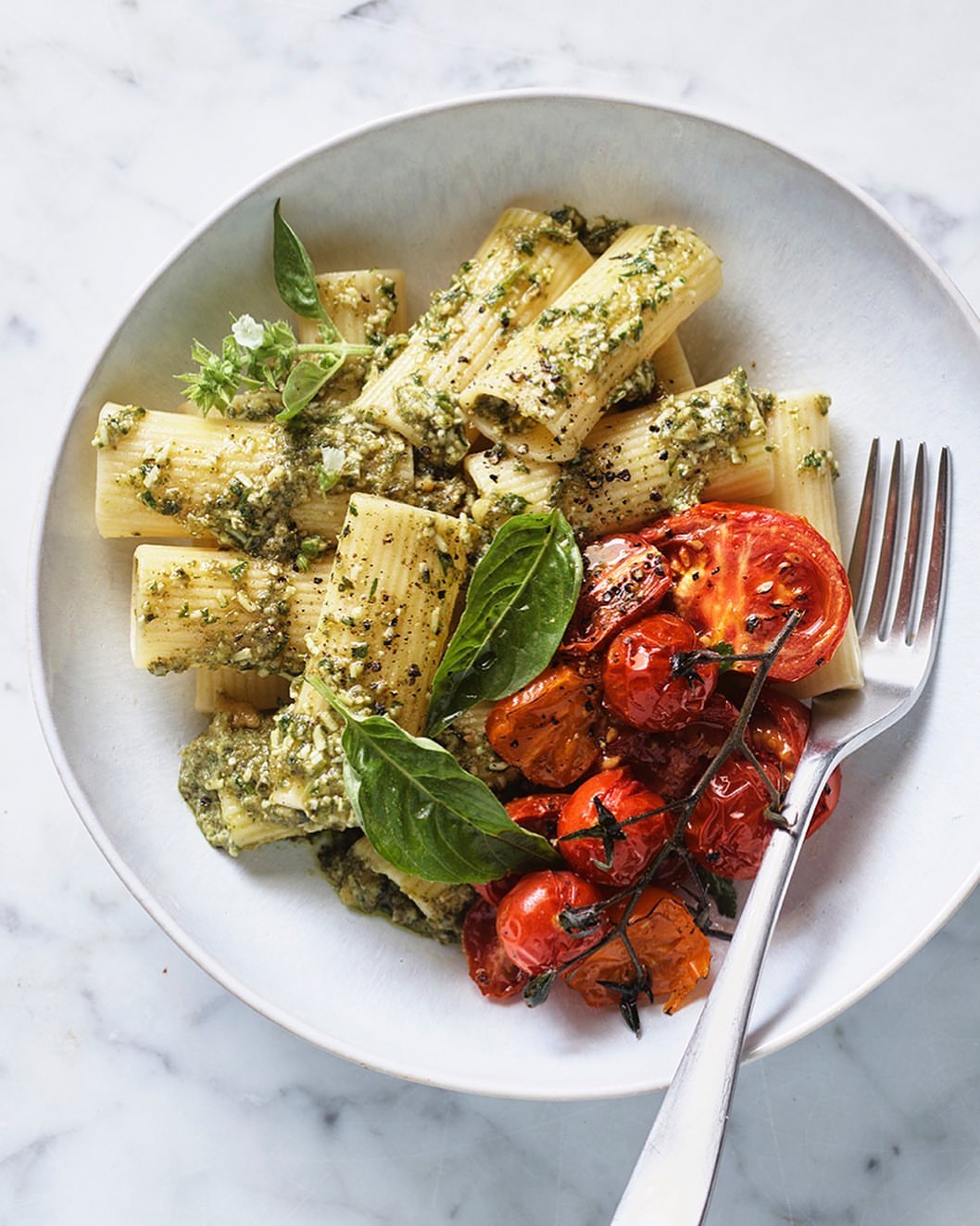Popular diet foods can sometimes feel like a double-edged sword, can’t they? You know the drill: you’re excited about embarking on a journey towards a healthier version of yourself, and suddenly you get caught up in the maze of “low-cal” snacks, “guilt-free” munchies, and everything that promises to shrink your waistline while still satisfying your cravings. Imagine my surprise when, last January (see, still holding onto that 2024 resolution), I found out that my beloved granola-a staple in my morning meals-was one of those sneaky calorie bombs! Yep, I was hoodwinked, and I’m guessing I’m not alone.
So, what gives? Well, it's high time we expose some of these deception food culprits lurking in your pantry. You see, the world of nutrient labels and portion sizes can be as mystifying as my aunt's secret cookie recipe (which is definitely NOT diet-approved). It turns out, many of these products don’t just pack a punch in flavor but are also loaded with hidden sugars and fats, quietly sabotaging your calorie count.
Consider protein bars, for example. You might grab one on the way to the gym, thinking you’re making a healthy choice. Wrong! Unless you’re reading those labels like a hawk, you might be consuming more sugars than in a candy bar (not joking!). And don’t even get me started on smoothies-the ultimate health halo trap. Blending up a billion fruits sounds virtuous, but those natural sugars add up fast. Trust me, I learned the hard way during my post-holiday cleanse last year.
And let’s talk about veggie chips. These sneaky snacks may seem all wholesome and green, but they’re often about as nutritious as munching on a handful of salted cardboard. (Here’s a fun fact: some of that vibrant coloring is sometimes more about the food dye than the actual vegetable content.)
In our quest to eat healthier in 2024, it’s crucial to break down the glamorously marketed fronts of these foods and get to the nitty-gritty. I’ve encountered things like misleading serving sizes and hidden ingredients that would make your dietician blush. You’d be amazed to discover how “one serving” suddenly becomes “three” if you’re not keen on checking the fine print. In Hidden Traps, we dive deep into the guileful sockets of these labels.
So, buckle up, dear reader. We’re about to navigate this calory minefield together. Stick with me, and at the end of this wild ride, you’ll be side-eyeing those “health” foods just like I do-with a mix of suspicion and a dash of humor.
1. Nuts
/filters:quality(70)/content/yz/w8/b014rb8d55a55e4b3cf89186448643_500x718.jpg)
Nuts are actually very high in calories. Just a handful of them can land you around 200 calories. But they truly do offer you vitamins and minerals your body needs. It’s important to know the best way to eat them. Choose to garnish your salad or yogurt with them instead of munching on them like popcorn. The small serving size is what you really have to pay attention to here.
2. Smoothies
/filters:quality(70)/content/k3/pf/b7hqv72555a55efe4a253557919298_500x664.jpg)
Smoothies can go one of two ways. They can actually be very low cal and have tons of healthy stuff your body needs or they can have only a bit of good for you stuff and be loaded with sugar. The best way to make sure your smoothie stays low cal is to make it yourself so you know exactly what goes into it. Swap out regular milk for lower calorie almond milk and add in spinach or other greens to give you vitamins without added calories. Sweeten it with your favorite calorie free sweetener.
3. Granola
/filters:quality(70)/content/dt/qe/all202se55a55f473f6d1655693331_500x750.jpg)
I love granola and can munch my way into hundreds of calories if I’m not careful. It can pack a punch of calories, some brands more than others. It’s great for a topping for your low fat sundae or yogurt, but you probably don’t want to have a bowl of it as a snack. You can have low calorie granola if you make it yourself. A few tweaks in the recipe can give you a guilt-free pleasure.
4. Red Meat
/filters:quality(70)/content/p6/x2/nqivlqh155a55f752dfdf124014118_500x669.jpg)
Red meat is important and offers you protein, iron and other important nutrients. It has a place in every diet. But if you’re watching your calories then you probably don’t want to choose it too often. Fish and poultry are much lower in calorie count. If it’s a burger you’re craving, try having a lean turkey burger instead.
5. Peanut Butter
/filters:quality(70)/content/up/j2/ogmlq7k455a560c2c3faf790565496_500x561.jpg)
I think that the older I get, the more I love this stuff. I could eat peanut butter every day and never tire of it. But just 2 tablespoons is around 200 calories. However, I’ve discovered a little trick that still lets me enjoy a bit of this delectable spread every now and then. Melt it just a bit and it’ll go much further. You can cover the same amount of bread with half the peanut butter if you melt it a little.
6. Guacamole
/filters:quality(70)/content/e3/vi/v1wcyprm55a5614008521260846754_500x750.jpg)
Many of you will be sad to read this. Yes, guacamole has an avocado base, which is a vegetable. But it’s a vegetable that has 234 calories per cup. Trade your guac in for salsa. You’ll be getting a fraction of the calories and all the flavor.
7. Diet Cakes, Candy and Ice Cream
/filters:quality(70)/content/kx/r4/e78ypl8b55a56189516e9768376663_500x667.jpg)
Be careful when it comes to diet cakes, candy and ice cream. Chances are that they aren’t as low cal as you think; the portions are just smaller. Many times you’re better off just having a regular treat and not overindulging. A treat that I love to enjoy is Ghirardelli chocolate. I’ve found that a higher quality treat is more satisfying than one that only tastes so-so.
These are 7 diet foods that can be deceptive when it comes to calories. Do you need to make changes in your diet plan? Which ones have been tripping you up?

/filters:quality(70)/content/yz/w8/b014rb8d55a55e4b3cf89186448643_500x718.jpg)
/filters:quality(70)/content/k3/pf/b7hqv72555a55efe4a253557919298_500x664.jpg)
/filters:quality(70)/content/dt/qe/all202se55a55f473f6d1655693331_500x750.jpg)
/filters:quality(70)/content/p6/x2/nqivlqh155a55f752dfdf124014118_500x669.jpg)
/filters:quality(70)/content/up/j2/ogmlq7k455a560c2c3faf790565496_500x561.jpg)
/filters:quality(70)/content/e3/vi/v1wcyprm55a5614008521260846754_500x750.jpg)
/filters:quality(70)/content/kx/r4/e78ypl8b55a56189516e9768376663_500x667.jpg)




Feedback Junction
Where Thoughts and Opinions Converge